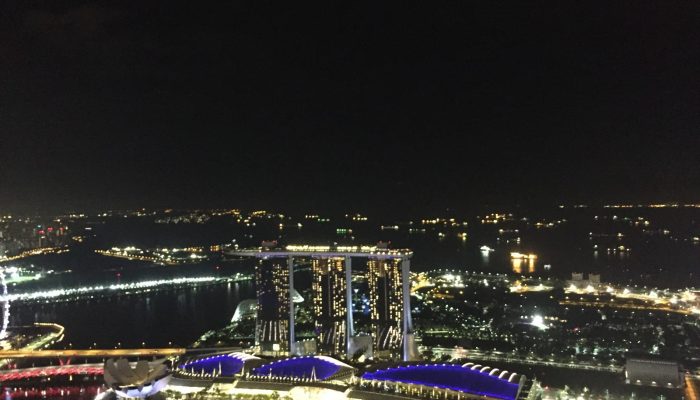
Excite, engage, enable. These three words were the driving mission behind the gathering of over 250 PhD and postdoctoral fellows at the Global Young Scientists Summit (GYSS) in Singapore. In January 2018, Thomas Schutzius, Michael Zumstein, Daniel Sutter, and I had the distinct pleasure of representing the Swiss Federal Institute of Technology (ETH Zürich) at this year’s summit.
The GYSS is a multi-disciplinary summit, covering topics ranging from chemistry, physics and medicine to mathematics, computer science and engineering. With its theme “Advancing Science, Creating Technologies for a Better World”, GYSS focuses on key areas in science, research, technology innovation, and society, as well as their solutions to tackle global challenges. The speakers invited to the GYSS are globally-recognised scientific leaders, who are recipients of prestigious awards: the Fields Medal, Millennium Technology Prize, Nobel Prize, and Turing Award. They gave lectures and talks, and held discussions both with summit participants and also the public. During the summit, anyone could come across these extraordinary scientists at various venues such as the National University of Singapore, the National Library and the Science Centre Singapore.
One of my main takeaways from the conference is that the boundaries between the fields are blurring. This encouraged participants to ask more questions, even in fields they were not experts in. Indeed, they were not shy about doing this. I have also observed how more and more researchers are studying and working in Asia—just another sign of the times.
“I love the creativity, enthusiasm, and optimism of young scientists. It gives me energy!”, says Frances Arnold who was awarded the 2016 Millennium Technology Prize (MTP) for her innovations of directed evolution and efficient methods for creating enzymes. Stuart Parkin, the 2014 MTP winner for multiplying information storage capacity and enabling Big Data, finds the fresh way of thinking of the young generation of scientists especially interesting. “Meeting young scientists is always very stimulating since they often think differently from scientists and researchers later in their career who perhaps become too aligned with the dogma of the research establishment”, professor Parkin says.
I am tremendously grateful for having been given the chance to represent the Swiss Federal Institute of Technology (ETH Zürich) at the Global Young Scientists Summit (GYSS) 2018. I would describe attending the GYSS as a once-in-a-PhD opportunity, if not a once-in-a-lifetime opportunity. The week-long event is highly interdisciplinary—covering a range of topics from medicine to engineering and biology to physics. Moreover, the poster session is designed to bring together ideas and researchers from different fields. It provided me with an exciting opportunity to share broader insights from my PhD with researchers outside of geophysics. Singapore needs all the talent it can get, especially as companies and universities invest in new technologies and spread their wings abroad.
I certainly had several scientists whom I much admired and respected—mostly those who really were interested in understanding the fundamental workings of nature and not those who rather treated science and research more as a career path.
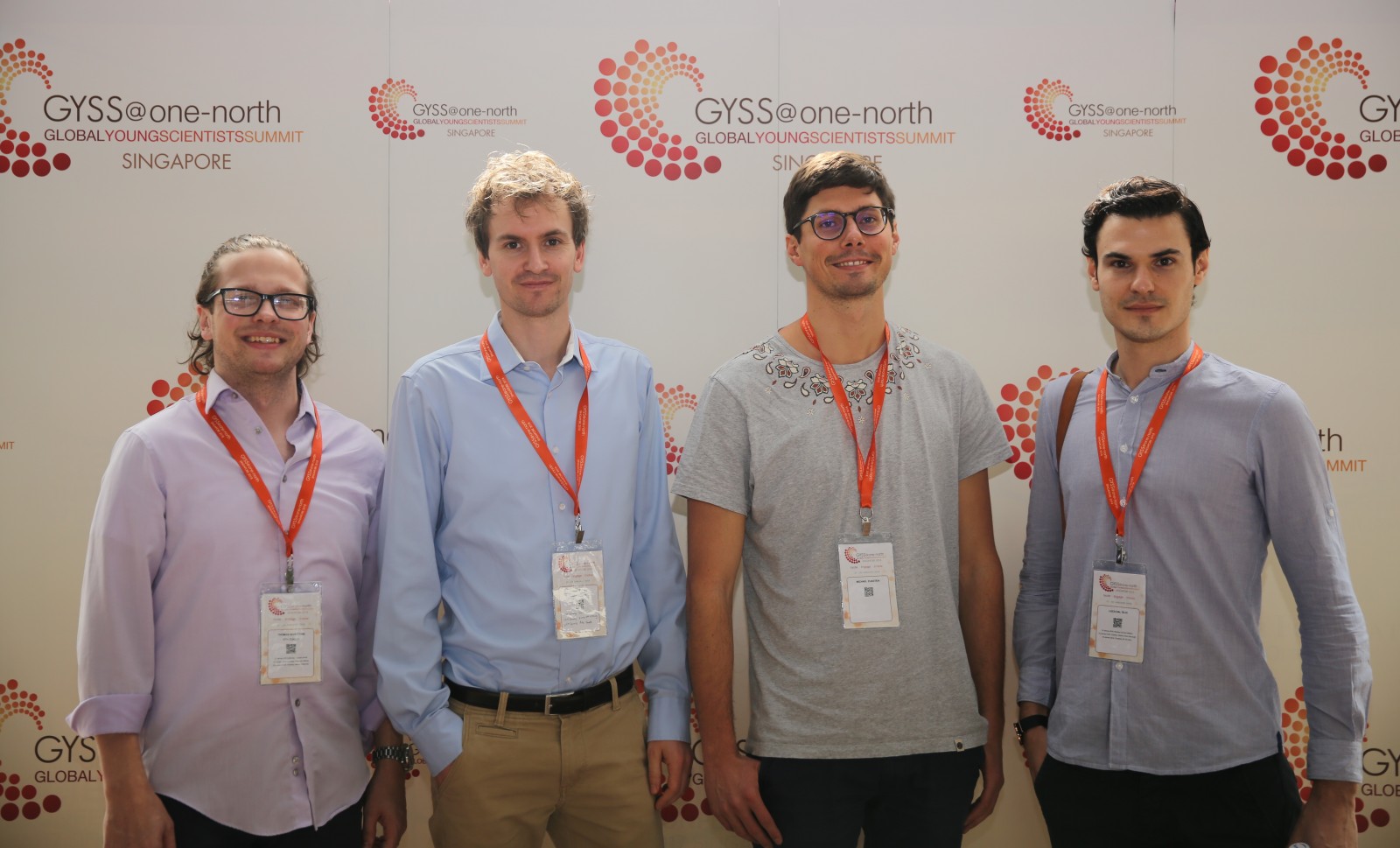
ETH delegation at GYSS 2018, from left to right: Thomas Schutzius, Daniel Sutter, Michael Zumstein and Luca Dal Zilio. Credit: National Research Foundation.
Singapore is much more than the sum of its numerous attractions. It’s constantly evolving, reinventing, and reimagining itself, especially with people who are passionate about creating new possibilities. It’s where foodies, explorers, collectors, action seekers, culture shapers, and socialisers meet and new experiences are created every day. Although small in physical space (the country is about half the size of Los Angeles), Singapore offers large opportunities for high quality research set on a breathtaking tropical island with a bustling metropolitan area. Whether I was navigating the crowds in Chinatown, exploring Hindu temples in Little India, eating diverse cuisines in a local hawker center or relaxing in the Chinese Garden, this beautiful island provided exciting adventures every day.
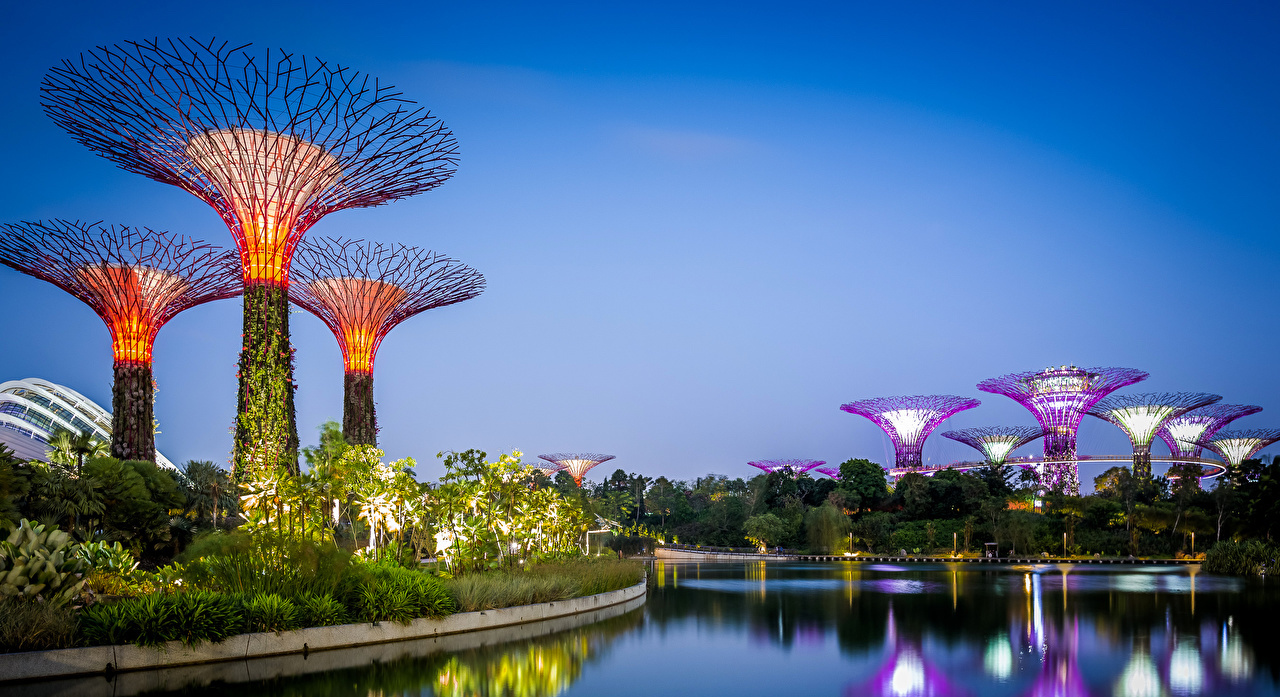
Solar supertrees are vertical gardens in Gardens by the Bay in Singapore, which are designed to mimic the ecological functions of real trees. Each structure is outfitted with an array of photovoltaic cells that collect and store solar energy throughout the day – power that’s used to illuminate the garden when the sun goes down each night.
I have immersed myself in a society with very different cultural norms and rules from my own. By witnessing the functionality of many of Singapore’s well-known programs, such as the housing development board and water treatment plant, we were enabled to expand our views of what a successful society can be. Upon returning from GYSS 2018 in Singapore, I have gained a refreshing new perspective on what it means to be a part of the international scientific community. My time in Singapore reminds me of the beautiful unity we all share: to further the progress of humanity and better our global society. Through its fundamental research and implementations, Singapore is an excellent example of how scientific innovations can be integrated for the welfare of society.


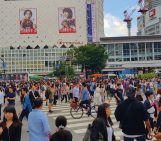

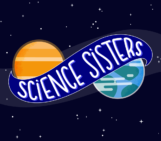
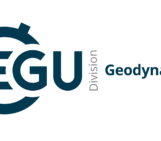
Brian Robertson
Nice! Thank you for the interesting article. I know ScieCoin is creating a new marketspace for data exchange which will be a great breakthrough in science.